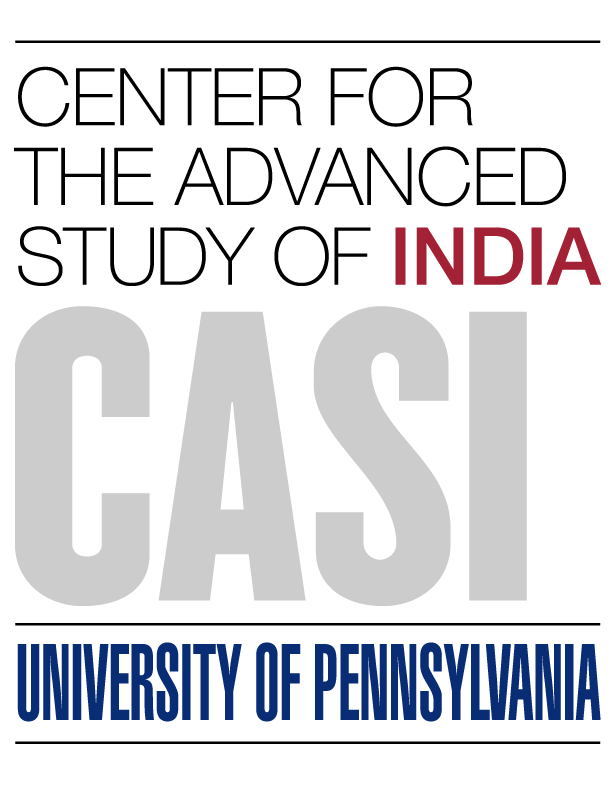
This year, India celebrates the 60th anniversary of its first national elections. Before that election and every election for decades to come, naysayers prophesied the imminent demise of India’s democracy. Instead, that democracy considerably deepened along formal and substantive dimensions: the dominance of a single party has given way to party alternation and a crucial amendment to India’s constitution has helped attenuate discriminatory distinctions of caste and gender. Sixty years after democratization then, at a time when myriad corruption scandals highlight the dark underbelly of India’s electoral politics, it is worth remembering that political parties were central to the creation of Indian democracy.
For many post-colonial countries, especially those characterized by diversity and poverty, a stable democracy remains a distant aspiration. Thus, understanding why India was initially able to forge such a democracy becomes a question of considerable policy importance. My research angles into the puzzling origins of Indian democracy by systematically comparing it with Pakistan during the three decades before and one decade after their twin independences in 1947. Pakistan shared the same colonial legacy, similar levels of income per person, inequality, and diversity as well as the presence of a dominant political party upon independence. Nonetheless, Pakistan’s post-independence regime trajectory witnessed the speedy creation of an unstable autocracy. These structural similarities readily enable a compelling analysis of what drove India’s democratization.
My research suggests that the post-independence democratic divergence of India and Pakistan is best explained by two core differences in the nature of their independence movements: the dominant class interest and the strength of the political party built to pursue that interest. Simply put, upon independence, India was able to construct a stable regime because it was governed by a strong political party and a democratic regime because that party had institutionalized core democratic institutions and successfully governed on a democratic basis. Pakistan proved unable to do the same because of the weakness of its dominant political party.
Historically-understood class interests first drove the establishment of political movements in colonial India that promoted and resisted democratic reform. Pursuant to an educational policy aimed at creating indigenous intermediaries that could help run the colonial state, an urban, high-caste, and educated elite began to emerge in nineteenth-century India. Over time, these individuals came together to petition the colonial government for expanded employment opportunities, eventually establishing the Indian National Congress in 1885. Congress’ organizational goals were class-based, focused as they were on the expansion of colonial councils and civil service, goals that would almost exclusively affect the approximately four hundred English-educated Indians in colonial India at that time. Even if such reforms would substantively benefit a tiny fraction of the population however, Congress’ means for achieving these goals, through open discussion, debate and majority voting, and the goal of greater indigenous representation itself, were pro-democratic.
The electoral reforms resulting from Congress’ agitation directly threatened both the colonially-entrenched landed aristocracy across British India and colonially-entrenched Muslims in the United Provinces (UP), spurring on the organization of Pakistan’s independence movement. The influence of landed aristocrats everywhere was threatened by the embrace of the electoral principle in 1892, rapidly halving landed representation in provincial Councils. The influence of UP Muslims was also threatened by the adoption of vernacular languages in the UP government, undermining their privileged access to government jobs. These overlapping threats spurred on reactionary political organization among UP Muslims that culminated in the creation of the Muslim League in 1906. The League was explicitly formed to oppose democratic reforms and, to the extent that such reforms were inevitable, to create extra-proportional Muslim representation. As such, the League was an anti-democratic movement because it sought to prevent more representative politics from emerging.
These political movements transformed into the dominant political parties that inherited the mantle of governing responsibility in post-independence India and Pakistan. These political movements differentially evolved in three respects that define party strength and that directly impacted each party’s ability to stably and democratically govern. The first critical respect in which these movements differed was the distributive coherence of their core alliances. Congress’ key alliance was between the educated, urban, middle class leading Congress and the upwardly mobile dominant peasantry that presided over hierarchical patronage networks in village India. This was a coherent distributive coalition because it represented segments of a middle class interested in promoting socio-economic redistribution away from the colonial state and in preventing redistribution to subordinate social groups. By contrast, the exigencies of promoting Muslim political interests in negotiations over independence necessitated League alliances within the two significant Muslim-majority provinces of colonial India. Consequently, the League’s core alliance was composed of Punjabi Muslim landed aristocrats and a Bengali cultivating tenantry — an incoherent distributive coalition because it represented classes with nearly diametrically opposed distributive interests. Because it represented coherent distributive interests, Congress was able to go on to build a programmatic and organized party.
The second way in which the Indian and Pakistani independence movements evolved differently was in their programmatic nationalisms. Both independence movements delimited their nations negatively, in opposition to outsiders. But only Congress also defined a set of programs that guided positive political action on behalf of a nation. The League espoused few programmatic principles and, as late as 1946, was willing to forgo its demand for a sovereign state altogether. Because Congress’ commitments involved not just the public rejection of hierarchical caste distinctions but an institutionalized call for universal adult franchise, for example, the content of Congress’ political program was substantively democratic. Upon independence, the fact of Congress’ programmatic commitments facilitated the speedy resolution of federalist conflicts, providing for governing stability while the absence of such commitments within the League meant similar federalist divisions remained insoluble. Moreover, the institutionalized content of Congress’ program militated towards the resolution of such state-building conflicts in a democratic fashion.
The final dimension along which the Indian and Pakistani independence movements differed was their organizational robustness. While India’s independence movement created a relatively disciplined party organization that possessed effective leadership and responded to bottom-up demands, Pakistan’s independence movement remained a top-heavy party organization with little institutional independence from its charismatic leader. After independence, Congress’ centralized but representative intra-party organization rapidly resolved key state-building conflicts. The absence of a programmatic and well-organized political party in Pakistan meant that class-based conflict resulted in a constitutional stalemate that invited military intervention in 1958. In short, the nature of the political parties built to promote class interests before independence explain India’s and Pakistan’s divergent democracies after independence.
Today, at a time when many observers of Indian politics bemoan the corruption that appears endemic among its political parties, it is worth emphasizing that, in the words of an eminent scholar, modern democracy is unthinkable without political parties. India’s citizens should be rightly concerned with bettering the responsiveness, representativeness, and accountability of its political parties. But as daunting as such improvements may appear, they are more possible in the context of a stable, enduring democracy than in the context of deep-seated political instability.
Maya Tudor is a Fellow in Politics at St. John's College, Oxford University, and the author of The Promise of Power: The Origins of Democracy in India and Democracy in Pakistan (Cambridge University Press, Cambridge and New Delhi, March 2013, Available in India May 2013). She can be reached at mjtudor@gmail.com .
India in Transition (IiT) is published by the Center for the Advanced Study of India (CASI) of the University of Pennsylvania and partially funded by the Nand and Jeet Khemka Foundation. All viewpoints, positions, and conclusions expressed in IiT are solely those of the author(s) and not specifically those of CASI and the Khemka Foundation.
© 2012 Center for the Advanced Study of India and the Trustees of the University of Pennsylvania. All rights reserved.

